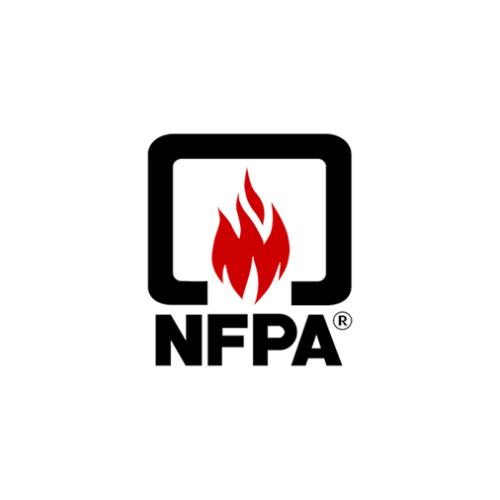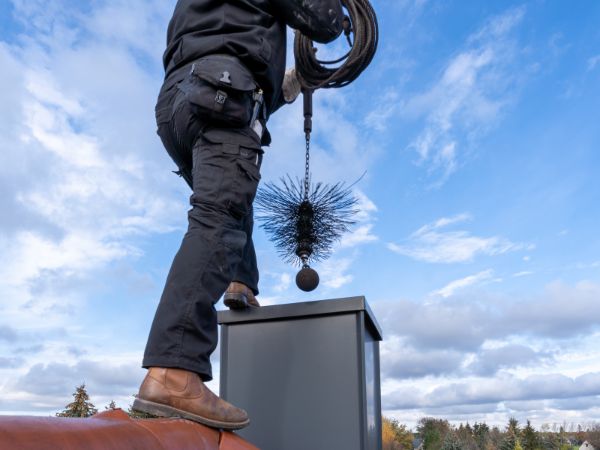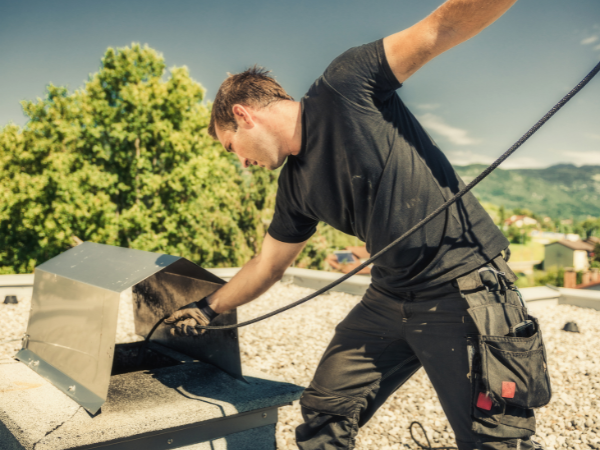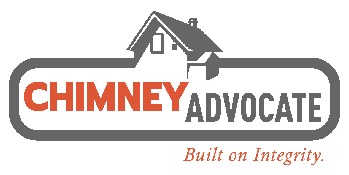Inspections & Reports
A chimney inspection and report is a thorough assessment of your chimney’s condition, functionality, and safety. It involves a professional chimney technician examining various aspects of your chimney system to identify any potential issues or hazards. The goal is to catch and address problems early on, preventing costly repairs and ensuring your chimney operates optimally.
It is of vital importance to have your chimneys and fireplaces inspected on a regular basis. Chimney Advocate provides detailed inspections that can help to discover these issues. We also provide a detailed report that will reflect the condition of your chimney and recommend repairs. If you notice fires in your chimney or smoke exiting your fireplace into your home, you should have your chimney inspected immediately. These can be signs of blockages, Creosote build-up, and structural damage within your chimney. If left unrepaired, these issues can lead to serious damage to your home and place you and your family at serious risk of smoke and carbon monoxide exposure.
Chimney Advocate is a licensed, insured, and certified chimney company.
Chimneys and fireplaces that go without inspections for long periods of time can lead to collapsing brick work, extensive water damage, and even fire hazards. In addition, smoke that is not properly vented can cause carbon monoxide poisoning.
Our Service Technicians follow industry-standard guidelines set by the National Fire Protection Association (NFPA).
NFPA (National Fire Protection Agency)
The NFPA (National Fire Protection Agency) has established a comprehensive set of regulations that govern chimney maintenance and safety practices. These guidelines are designed to protect homeowners from potential fire hazards and ensure the efficient functioning of their chimneys. As responsible chimney professionals, we understand the importance of following these guidelines to keep your home and loved ones safe.
Our skilled technicians undergo rigorous training and stay up-to-date with the latest NFPA standards to provide you with exceptional service.

How a chimney inspection is performed
At Chimney Advocate, our chimney inspection process is meticulously designed to provide you with a comprehensive evaluation. Here’s how we perform chimney inspections and create detailed reports:

Identification of Issues
During the inspection, our technicians will check for a variety of problems such as creosote buildup, blockages, cracks, damaged flue liners, and potential water leaks.

Advanced Equipment
We use state-of-the-art inspection tools and equipment to thoroughly examine your chimney’s interior and exterior. This includes video cameras and specialized lighting to inspect hard-to-reach areas.

Detailed Reports
Once the inspection is complete, we compile a detailed report that outlines the findings and the condition of your chimney. The report includes photographs, descriptions of any issues, and recommendations for repairs or maintenance.

Three Levels of Inspection
Level 1: This is a standard inspection conducted during routine chimney maintenance. It covers the visible and accessible parts of the chimney.
Level 2: Recommended for changes in the chimney system, property transfer, or after a significant event like a chimney fire or earthquake. This level includes a more detailed inspection, including hidden areas.
Level 3: If a hazard is suspected in concealed areas, we conduct a Level 3 inspection, which may require the removal of certain components of the chimney for thorough examination.
Clear Communication
After the inspection, we take the time to go through the report with you, explaining the results and answering any questions you may have. We want you to fully understand the state of your chimney and the necessary steps to ensure its safety and longevity.
chimney inspection faq
How frequently should my chimney be inspected and/or swept?
A chimney, fireplace, or vent must be inspected at least once a year for soundness, absence of deposits, and proper clearances, according to National Fire Protection Association Standard 211. The national safety standard requires cleaning, maintenance, and repairs to be performed as needed. This is the correct procedure. Even if you don’t use your chimney much, animals may build nests in the flue or there may be deterioration that can make it unsafe to use.
What is the difference between a free estimate and an inspection?
The inspections we conduct require a certain level of experience and education. Using other equipment is also required and the process takes more time. As a result, inspections are charged. A detailed inspection can identify damage, furnace venting problems, flashing problems, repointing requirements, and problems with house pressure. It is our commitment to ensure that my chimneys are inspected by a chimney technician. Our goal is to help you make informed decisions about any future chimney repairs by providing you with a deeper understanding of your chimney.
